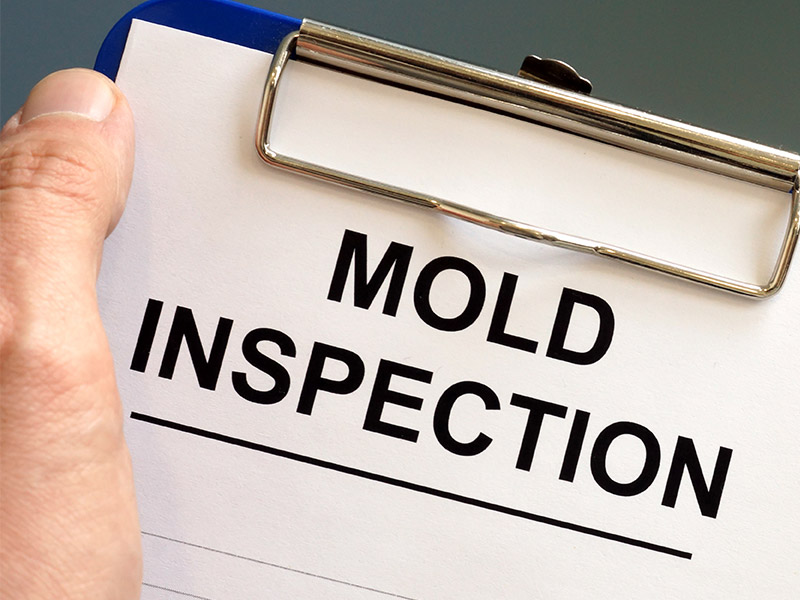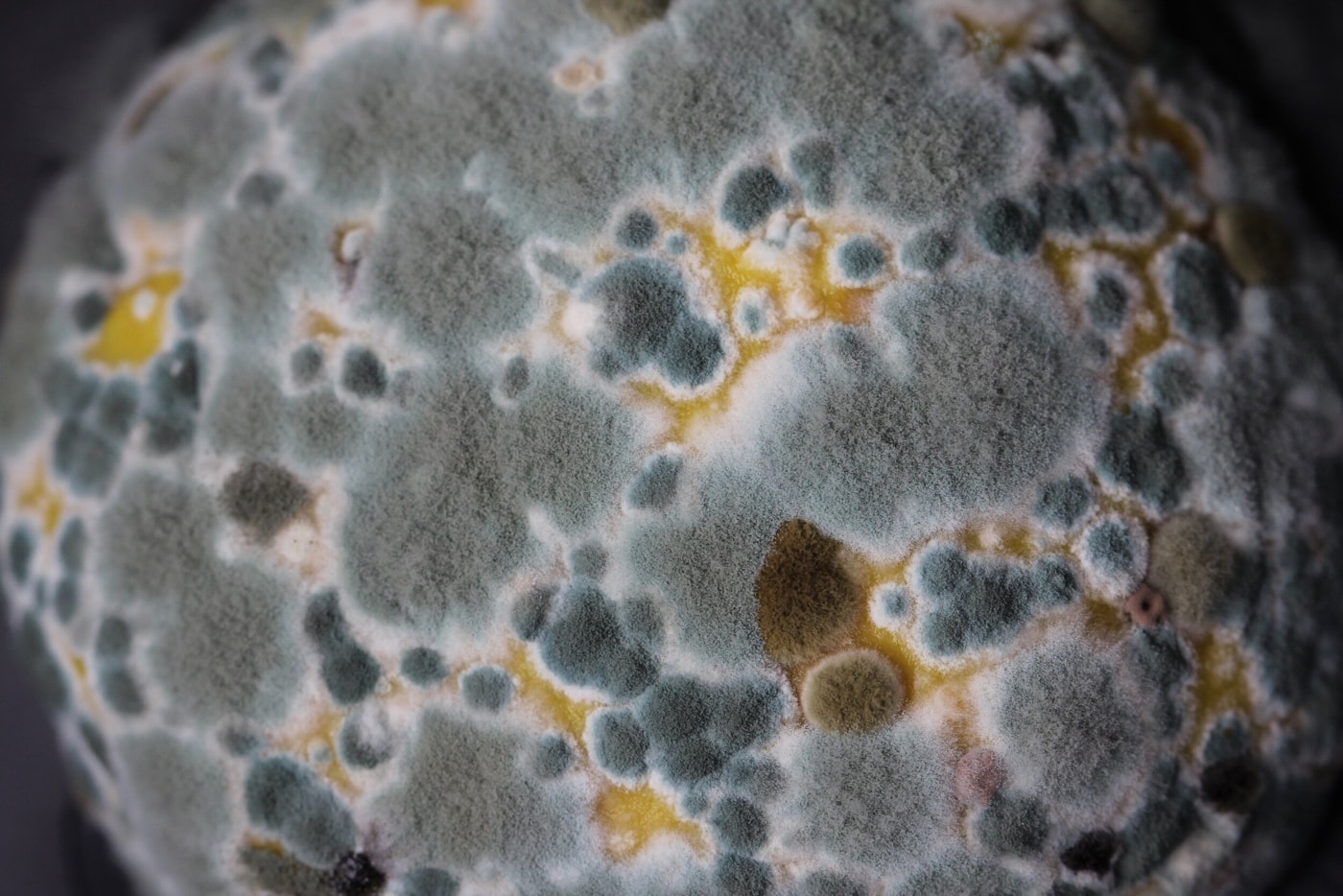Mycotoxin testing Services: A Key Element in Threat Management Approaches
Mycotoxin testing Services: A Key Element in Threat Management Approaches
Blog Article
Just How Mycotoxin Screening Aids Avoid Contamination and Protect Food Materials

Mycotoxin testing is a vital technique in the food sector, offering as a frontline protection against contamination by hazardous contaminants generated by mold and mildews. Via the application of sophisticated strategies like High-Performance Fluid Chromatography (HPLC) and Liquid Chromatography-Mass Spectrometry (LC-MS), food producers can precisely quantify and find mycotoxin degrees in farming items.
Understanding Mycotoxins
Understanding mycotoxins starts with acknowledging that they are toxic second metabolites generated by specific molds, which can infect farming products. These metabolites are not crucial for the development or recreation of the fungi however can have extreme effects for animal and human wellness. Mycotoxins are generally found in staple plants such as corn, wheat, barley, and nuts, where they can proliferate under specific problems of wetness and temperature level.
There are several sorts of mycotoxins, each created by different fungal species. Aflatoxins, created by Aspergillus varieties, are amongst the most infamous, known for their carcinogenic properties. Another significant group includes ochratoxins, produced by Aspergillus and Penicillium varieties, which have nephrotoxic impacts. Fusarium species create fumonisins and trichothecenes, both of which are connected with various severe and persistent health and wellness problems.

Threats of Mycotoxin Contamination
The dangers of mycotoxin contamination are complex, posing significant risks to both food security and public health and wellness. Mycotoxins, poisonous substances produced by certain sorts of fungi, can pollute a vast variety of agricultural items including cereals, nuts, spices, dried out fruits, and coffee. When these toxins infiltrate the food supply, they can cause major health concerns such as liver damage, kidney failure, and even cancer cells. Susceptible populations, including youngsters, the elderly, and immunocompromised people, are particularly in danger.
Economic impacts are another significant problem. Polluted crops can lead to considerable monetary losses for farmers and food manufacturers because of reduced returns and the demand for costly purification steps. International profession can be considerably hindered as countries apply strict mycotoxin policies to safeguard their populations, leading to declined shipments and strained trade connections.
Ecological factors such as climate adjustment worsen the threat of mycotoxin contamination. Variants in temperature level and humidity can create desirable problems for fungal growth, enhancing the probability of contamination events. Hence, understanding and alleviating these risks are crucial for guaranteeing the security and integrity of global food materials.
Approaches of Mycotoxin Testing
Accurately recognizing mycotoxin contamination in agricultural items is important for guarding public wellness and maintaining food security requirements. Various methods are used to discover and evaluate mycotoxins, each offering certain benefits and restrictions.
High-Performance Liquid Chromatography (HPLC) is an extensively used method as a result of its high level of sensitivity and accuracy. It entails separating mycotoxins from various other compounds in an example, enabling exact quantification. Similarly, Liquid Chromatography-Mass Spectrometry (LC-MS) incorporates liquid chromatography with mass spectrometry to supply comprehensive molecular details, making it specifically useful for determining several mycotoxins at the same time - Mycotoxin testing Services.

Gas Chromatography-Mass Spectrometry (GC-MS) and Thin-Layer Chromatography (TENDER LOVING CARE) are additionally used, each with unique applications. GC-MS is efficient for volatile mycotoxins, while TLC offers a less complex, cost-effective alternative for preliminary testing.
Advantages of Routine Checking
Normal testing for mycotoxins in farming products supplies various benefits, significantly adding to public wellness and food security. By recognizing contamination early, routine screening helps protect against the distribution of poisonous foods, thereby minimizing the danger of mycotoxin-related illnesses amongst customers. This positive technique not just safeguards human health however likewise enhances the total top quality of food supplies.
Various countries and regions have actually developed rigid limitations for mycotoxin levels in food and feed. Adhering to these restrictions with routine testing ensures that providers and producers meet lawful requirements, thereby staying clear of penalties and trade obstacles.
Additionally, normal mycotoxin testing can result in substantial financial advantages. Early discovery of contamination enables prompt intervention, lowering prospective losses from prevalent contamination. Executing routine screening protocols can additionally reduce recall prices and relevant liabilities, which can be monetarily devastating.
Moreover, regular screening offers important data that can inform better farming techniques and storage problems. By comprehending patterns of contamination, producers can take on preventive steps, consequently minimizing future dangers and contributing to the sustainability of the food supply chain.
Carrying Out Examining Protocols
Carrying out effective mycotoxin screening procedures is essential for making sure the safety Get More Info and security and high quality of agricultural items. Establishing a robust testing framework involves several essential steps, beginning with the identification of prospective contamination factors within the manufacturing and supply chain. This includes pre-harvest, post-harvest, storage, and distribution phases. Each phase needs to be inspected to determine where mycotoxin contamination is probably to happen.
When crucial control points are identified, selecting ideal testing techniques is crucial. Usual strategies include enzyme-linked immunosorbent assay (ELISA), high-performance fluid chromatography (HPLC), and mass spectrometry (MS) Each method has its toughness and weak points; thus, picking the appropriate one depends upon the details mycotoxin being evaluated, the called for level of sensitivity, and offered resources.

Finally, integrating the screening methods right into an extensive food safety monitoring system is suggested. This improves traceability and enables speedy restorative activities when contamination is discovered, therefore protecting the honesty of the food supply chain.
Final Thought
Mycotoxin screening is essential in preventing contamination and securing food supplies by allowing early discovery of damaging toxins generated by mold and mildews in farming products. Advanced approaches such as HPLC and LC-MS guarantee conformity with safety policies and secure consumers from health and wellness threats. Normal testing enhances brand name track record, economic security, and count on food security by decreasing contamination-related losses and keeping high criteria in food production. Carrying out rigorous testing procedures is therefore imperative for the market's total health.
Mycotoxin screening is a crucial technique in the food sector, offering as a frontline protection against contamination by hazardous contaminants produced by mold and mildews. An incorporated method including agricultural techniques, storage space management, Visit This Link and normal screening can alleviate the threats associated with mycotoxin contamination, making certain food safety and public health.
The risks of mycotoxin contamination are multifaceted, posing considerable dangers to both food security and public health.Routine screening for mycotoxins in useful reference agricultural products provides many advantages, significantly contributing to public health and food safety.Mycotoxin testing is vital in preventing contamination and securing food materials by making it possible for very early discovery of harmful toxins generated by molds in farming items.
Report this page